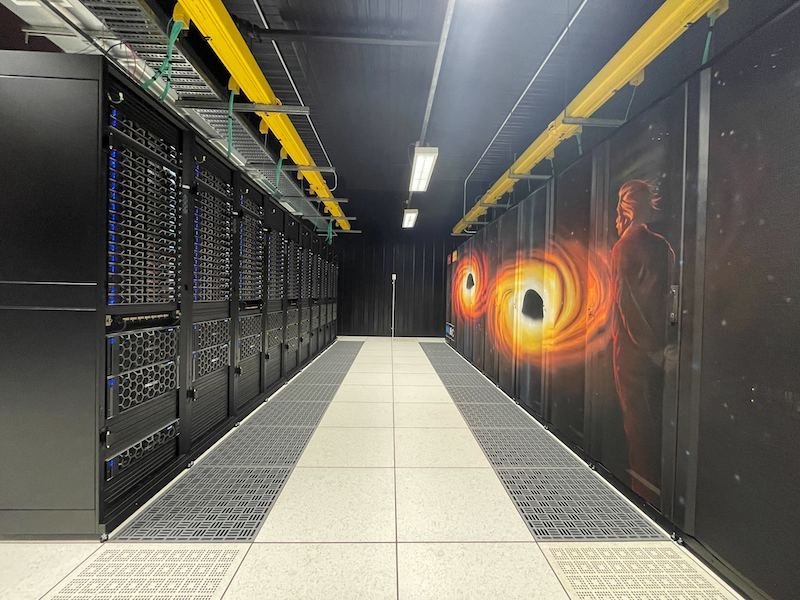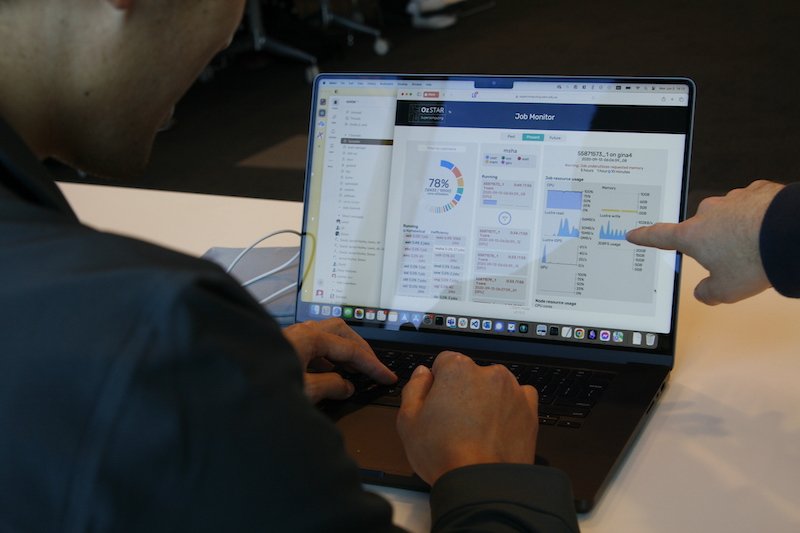Our team combines expertise in software development, high-performance computing (HPC), and web technologies. With decades of combined experience collaborating with astronomers and astrophysicists, we have firsthand insights into the challenges that research scientists face. This allows us to deliver tailored solutions designed to meet your research requirements.
Areas of Expertise

Performance Engineering and Optimisation
Our team excels in performance engineering and optimisation. We use code profiling and benchmarking to identify and eliminate bottlenecks, ensuring your computations run as efficiently as possible. We adapt scientific codes to take advantage of parallel computing on supercomputers. Whether you need your simulations to be faster or larger, we have the skills to optimise your code for peak performance.
- Code profiling & optimisation
- Parallel computing on supercomputers
Research Software Development Workflow and Project Management
Navigating the complexities of research software development is our specialty. We show you how to use version control systems (like Git) to help you manage your code and collaborate seamlessly. We set up continuous integration/continuous deployment (CI/CD) pipelines to automate testing and deployment, making your software development process more efficient and reliable.

Web Development
We build web applications tailored for scientific software and pipelines, with a focus on creating responsive, accessible designs that make complex data and computational tools easy to use. Whether you need a web portal for data access or an online tool for data analysis, we can help you create an intuitive online experience.

Developing Tools for Data Visualisation
Bringing your data to life is one of our passions. We develop interactive data visualisation tools that help you explore, analyse, and present your findings effectively. Our visualisations are designed to be both informative and engaging, making your data more accessible and easier to understand to a wide audience.

UX (User Experience) Research & Design
User experience is at the heart of our software design. We use the right research methodology to collect the data needed to make informed design decisions. Our goal is to create interfaces that meet the needs of scientific communities, ensuring that our tools are intuitive and easy to use.
- Design Thinking & Human Centered Design
- Certified UX Professionals
- Specialist in complex scientific applications